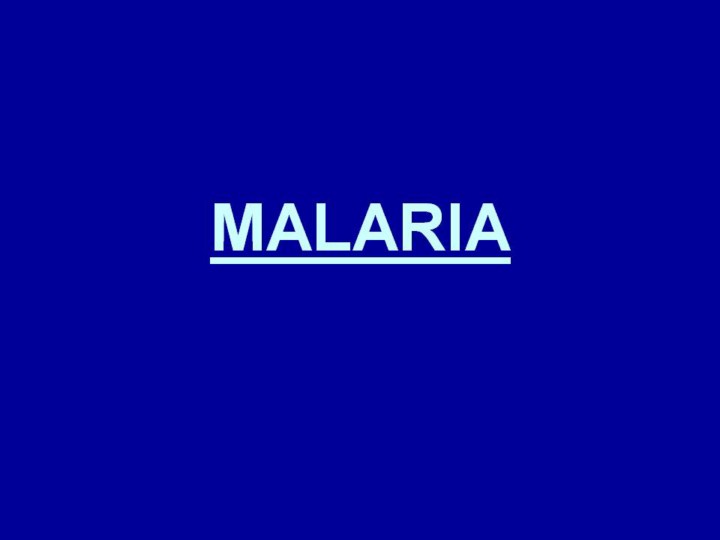 |
Malaria has infected humans for over 50,000 years, and
Plasmodium
may have been a human pathogen for the entire history of the species.
References to the unique periodic fevers of malaria are found throughout
recorded history, beginning in 2700 BC in China. Malaria may have
contributed to the decline of the Roman Empire and was so pervasive in Rome
that it was known as “Roman fever". The term malaria originates from
Medieval Italian:
mala aria —
“bad air”; the disease was formerly called
ague
or
marsh fever
due to its association with swamps and marshland. Malaria was once common
in most of Europe and North America, where it is no longer endemic, though
imported cases do occur. Malaria was the most important health hazard
encountered by U.S. troops in the South Pacific during World War II, where
about 500,000 men were infected. Sixty thousand American soldiers died of
malaria during the North African and South Pacific campaigns.
|
